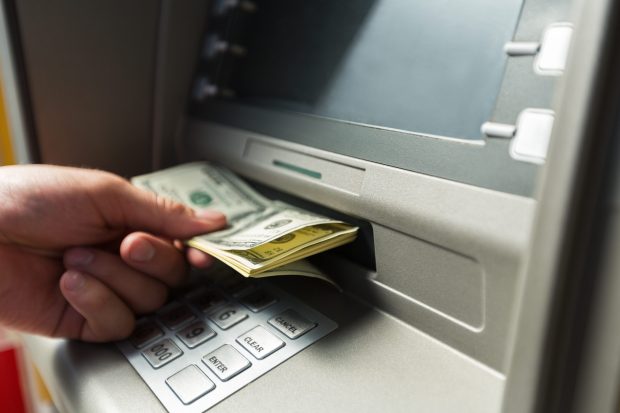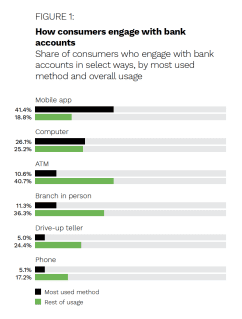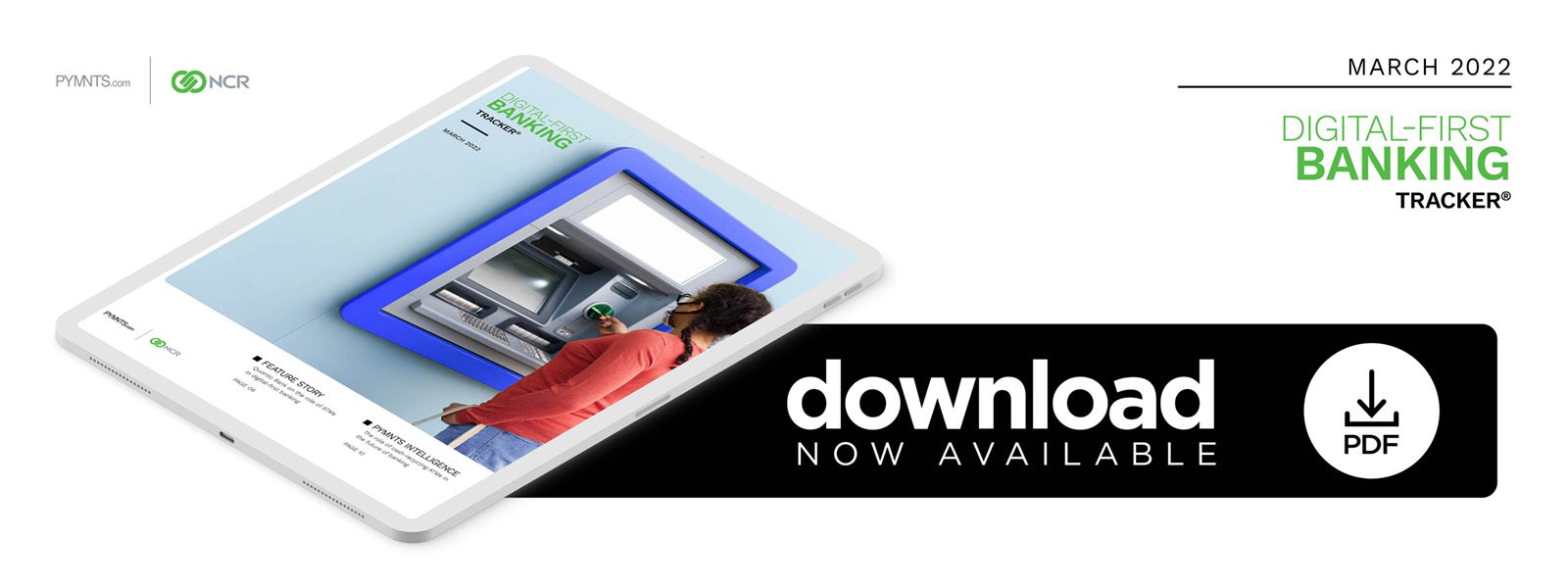PYMNTS Intelligence: Moving ATMs Into the Future With Cash Recycling

Single-function automated teller machines (ATMs) are on the way out, and worldwide deployment of multifunction automated deposit terminals (ADTs) is projected to grow 8% by 2026, even as the overall number of deployed ATMs declines. The Asia-Pacific market led the world in deployment of ADTs in 2020 at 61%, compared to North America, where just 34% of ATMs did more than dispense cash. At the same time, consumers still do a lot of their banking through ATMs. Even though just 11% of consumers in a September 2021 PYMNTS study rated ATMs as their most-used banking channel, 41% said they use ATMs for some portion of their banking engagement.
Many financial institutions (FIs) are taking advantage of the switch to multifunction ADTs to deploy cash-recycling capabilities. From 2020 to 2021 alone, the number of cash-recycling ATMs deployed worldwide grew from 973,000 to just more than 1 million. That number is projected to exceed 1.2 million by 2026, while non-recycling ATMs are projected to continue to decline. Cash-recycling ATMs are the fastest-growing segment of ATMs globally.
This month, PYMNTS Intelligence examines the growing use of cash-recycling ATMs and the potential benefits FIs can realize by ensuring that their new deployments include recycling capabilities.
Getting More Bang for the Buck With Cash-Recycling ATMs
As FIs adapt to the digital transformation, many are already looking at improving and updating their ATM fleets. This makes the timing well-suited to take a fresh look at the benefits of cash-recycling units. In the past, cost was one factor that inhibited cash-recycling ATM adoption, but the cost difference has declined considerably now that more ATMs are doing more than just dispensing cash.
Additionally, as FIs consider an overall reduction of their ATM fleets, having units that recycle deposits and dispense the cash as withdrawals can help to reduce the cash-in-transit costs associated with maintaining ATMs. With cash deposited and dispensed from the same cassette, cash-recycling ATMs can accept, validate and store banknotes quickly and reliably while also reducing the need for cash replenishment. This means fewer trips around the ATM fleet, and it also reduces the workload for FI staff who have to receive, count and handle the cash going in and out of ATMs. The projected average operational cost savings of cash-recycling ATMs, combined with cash management software, is 20%. As many FIs continue to downsize or close branch locations, not having to take up staff time processing cash for ATMs has a clear benefit.
Cash-recycling ATMs also bring security advantages, as less cash moving around means a lower chance that something will go wrong in transit. The customer experience also benefits from the reduced likelihood that an ATM will be without the needed cash for withdrawals or will be unable to accept a deposit due to a full cassette. This is in addition to the other customer service benefits of replacing older ATMs with new, multifunction models. In time, cash-recycling ATMs will likely be the most cost-effective approach to new ATM deployments.
The Future of ATM Banking
With consumers increasingly turning to online and mobile banking, self-service technologies play a significant role in the digital transformation by combining digital and physical banking channels. Cash-recycling ATMs can help create efficiencies for FIs while still providing customers with a physical touchpoint outside of brick-and-mortar branch locations. Consumers can also have greater choice in available denominations for withdrawal when using a cash-recycling ATM.
There are also benefits to small businesses, as they can use cash-recycling ATMs to make larger cash deposits after hours or at more convenient locations. For a small business in which the proprietor comprises a significant portion of the workforce — or even the entire workforce — being able to make a short trip to an ATM for a cash drop, rather than a longer trip to a bank branch, can significantly impact profitability.
As FIs of all sizes look for ways to serve customers efficiently through physical and digital channels, cash-recycling ATMs can potentially reduce costs, lower the amount of time employees spend processing deposits and even ensure greater customer satisfaction.

